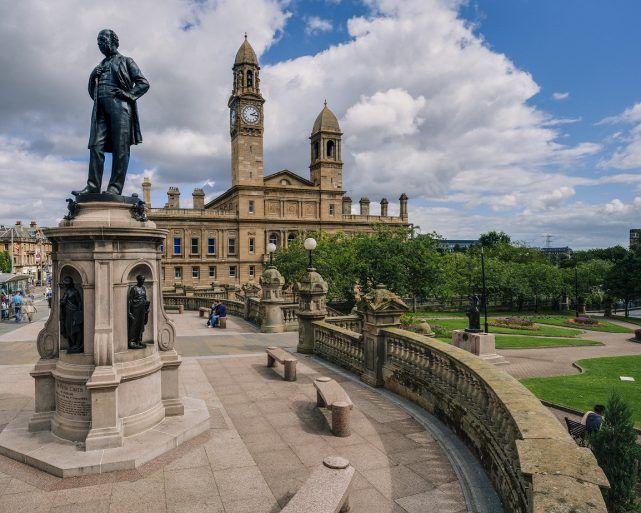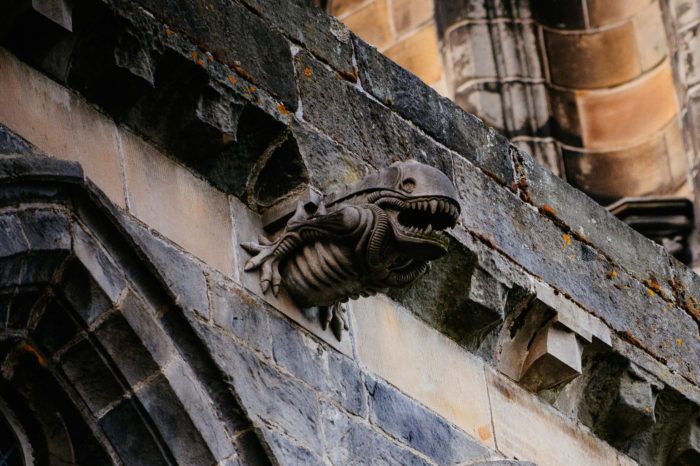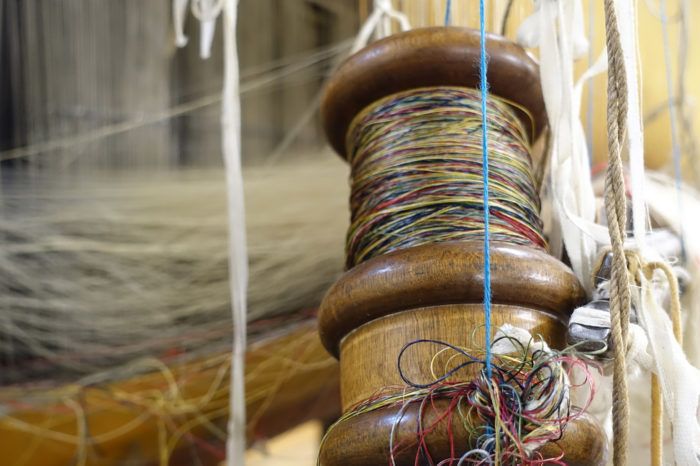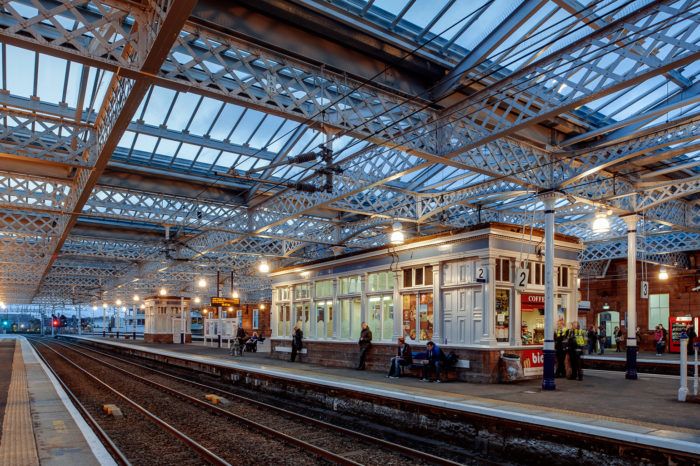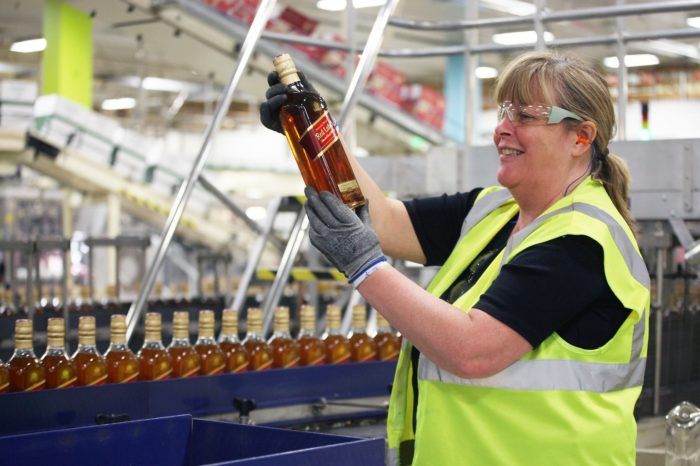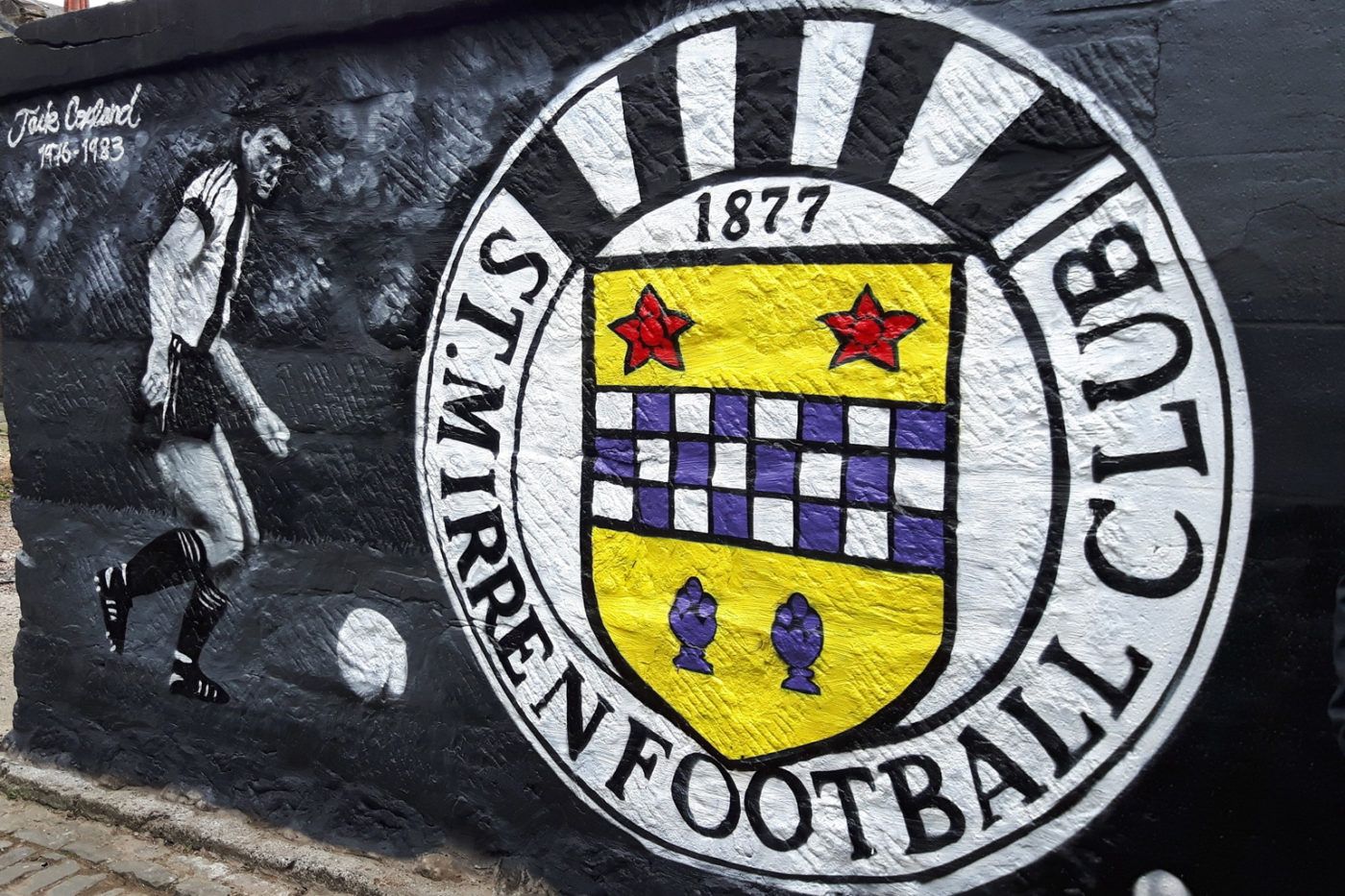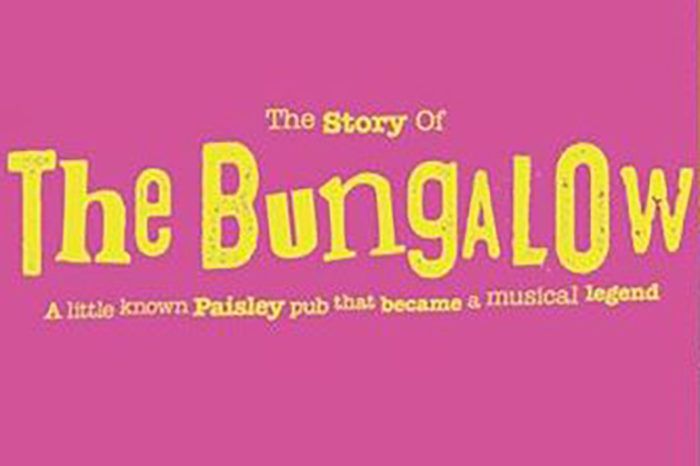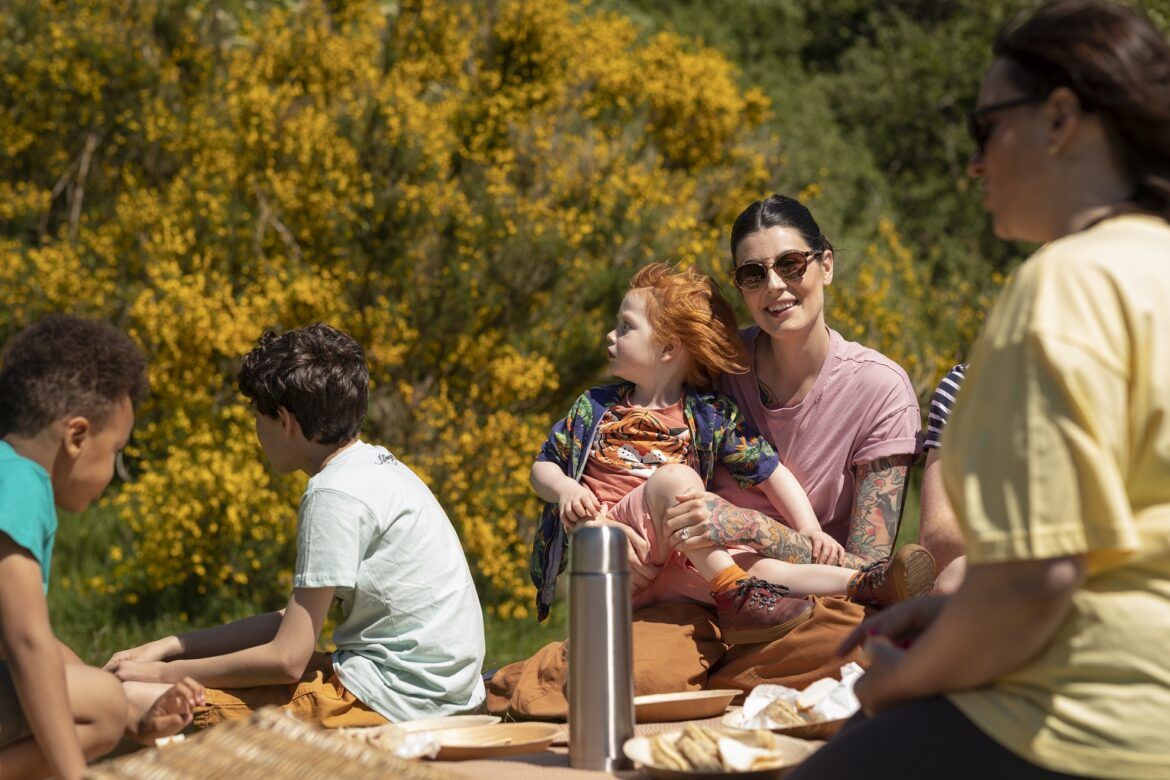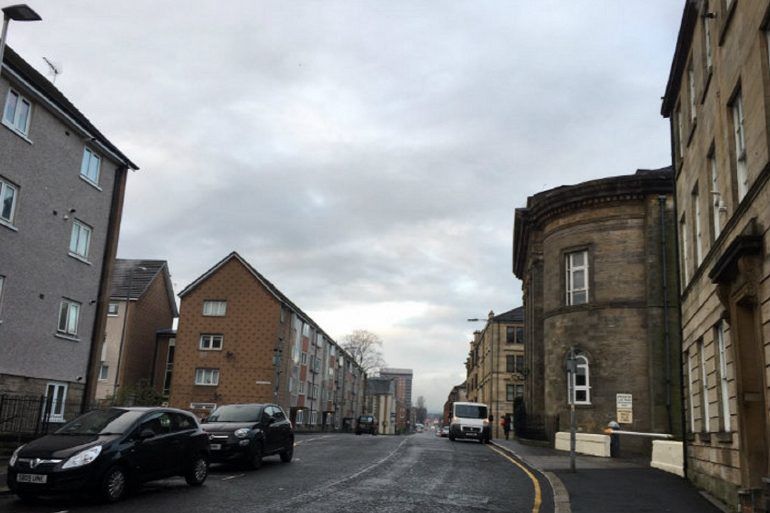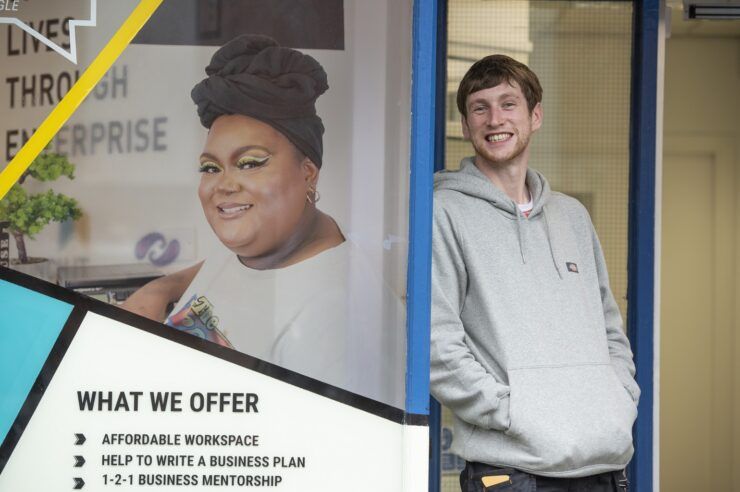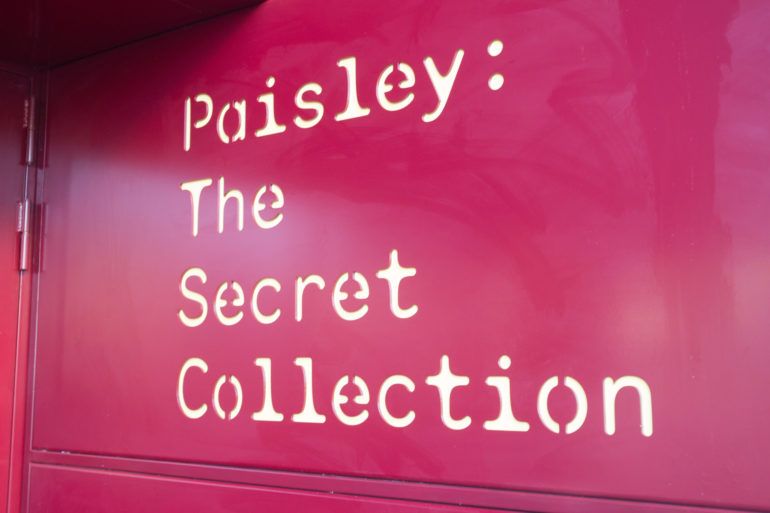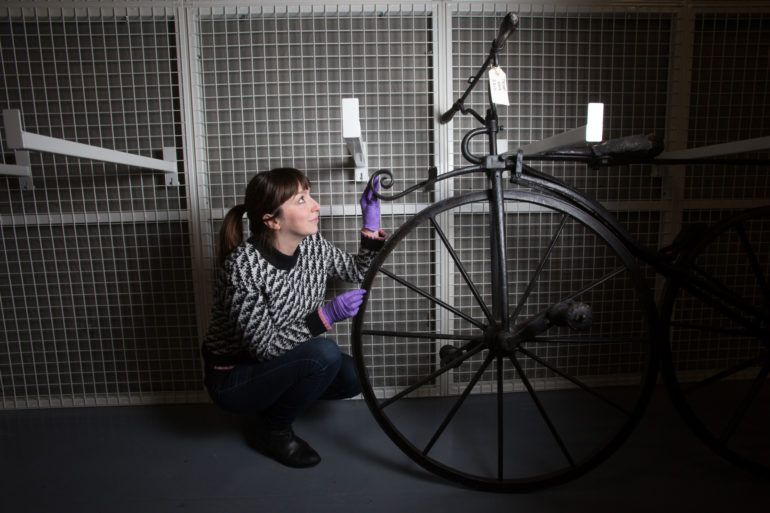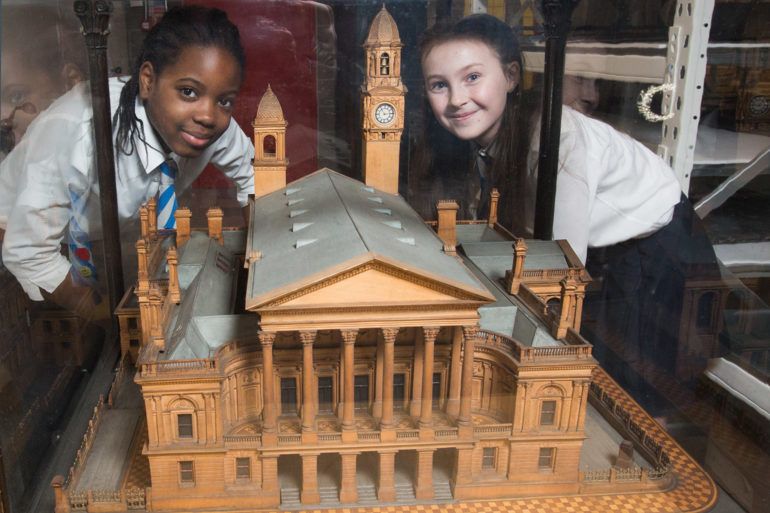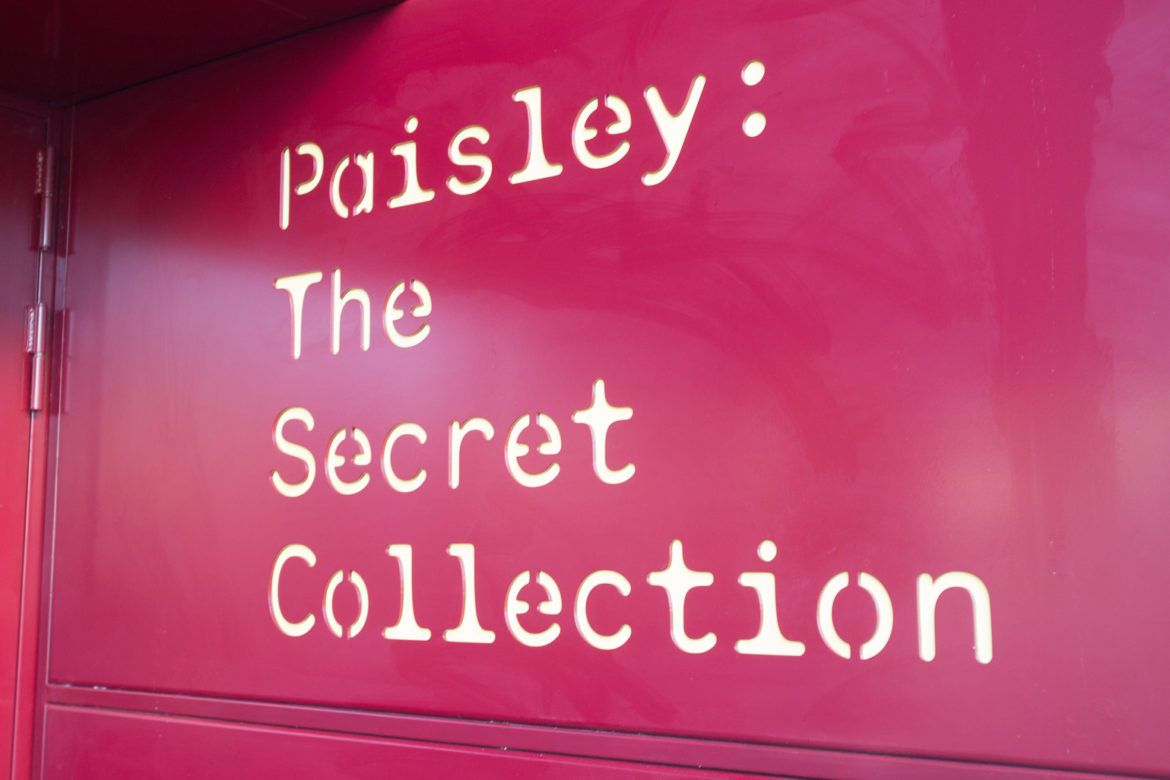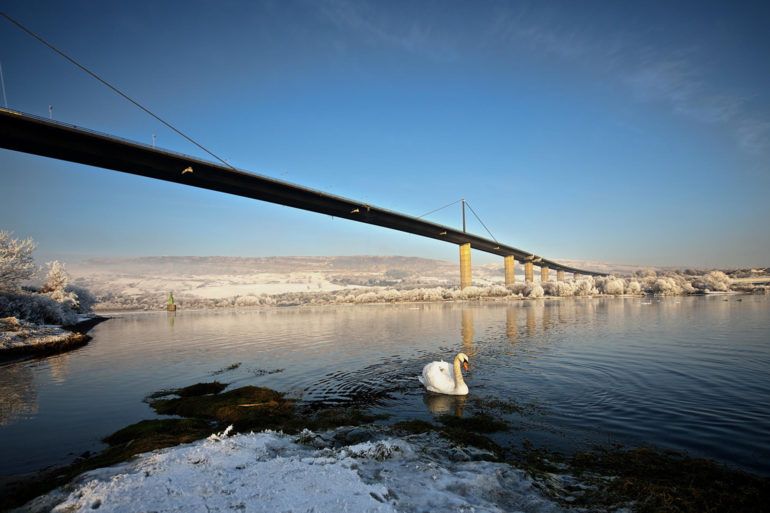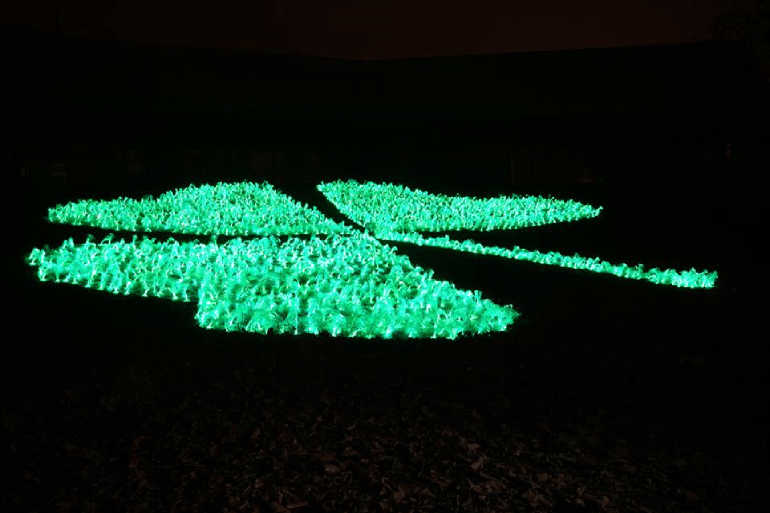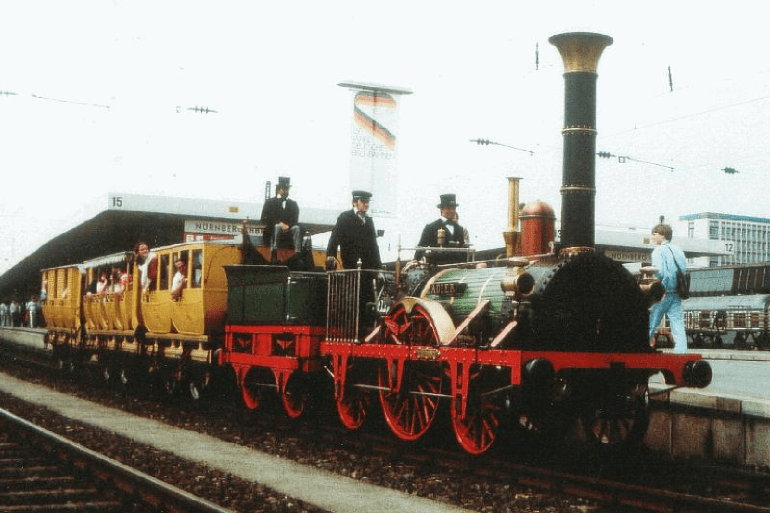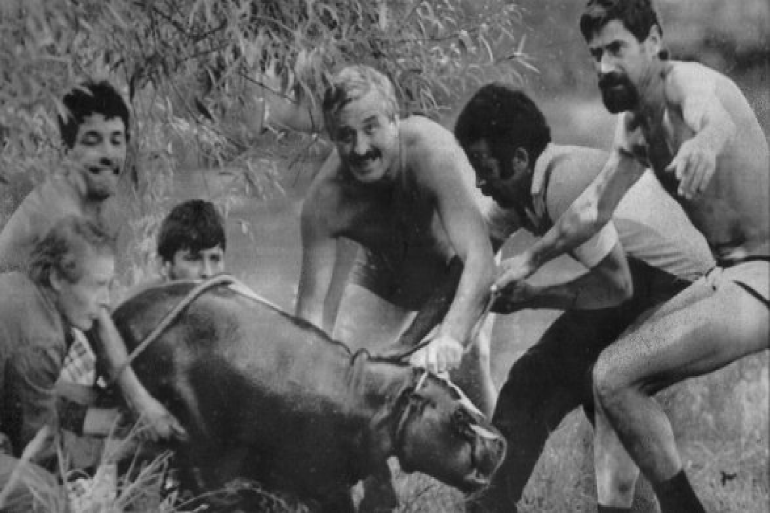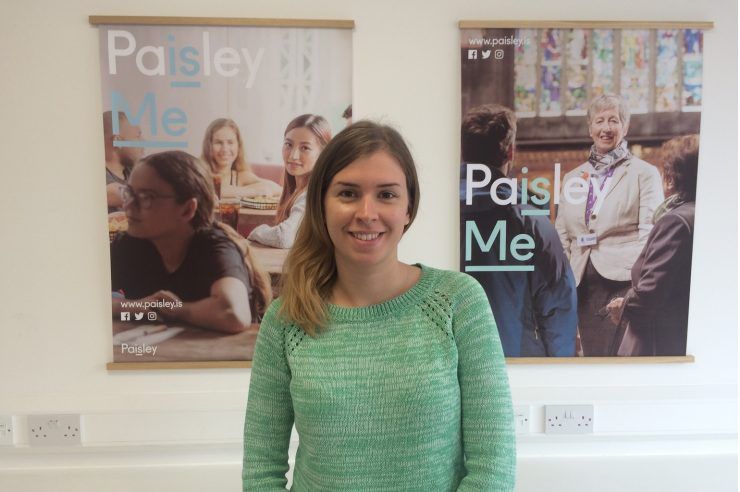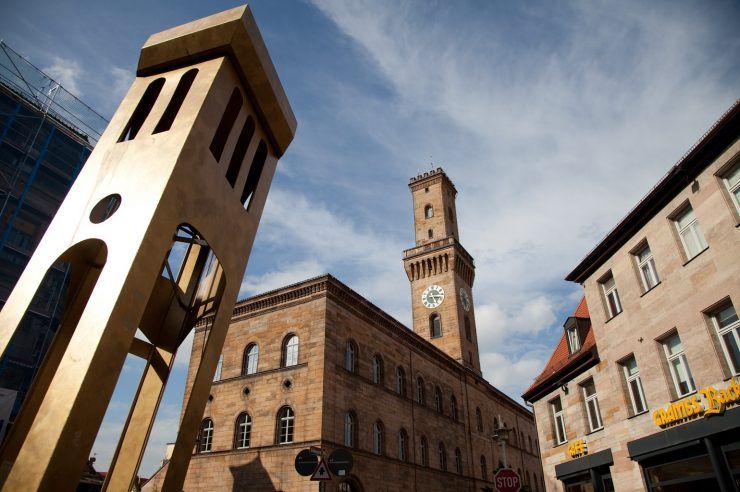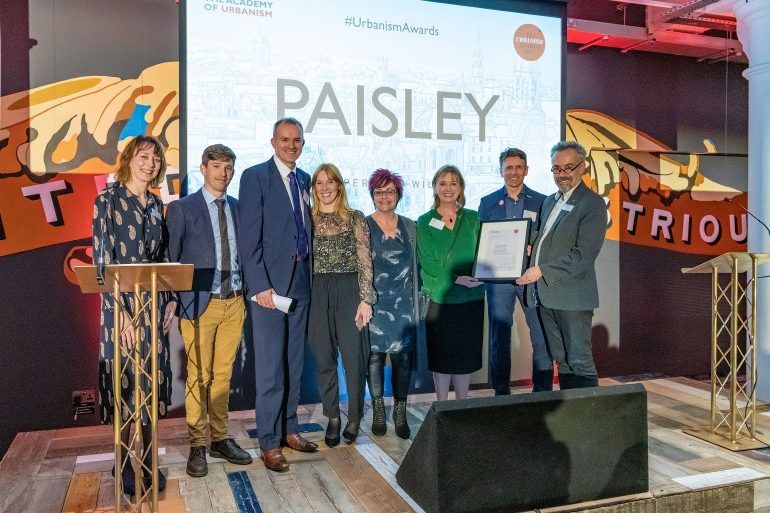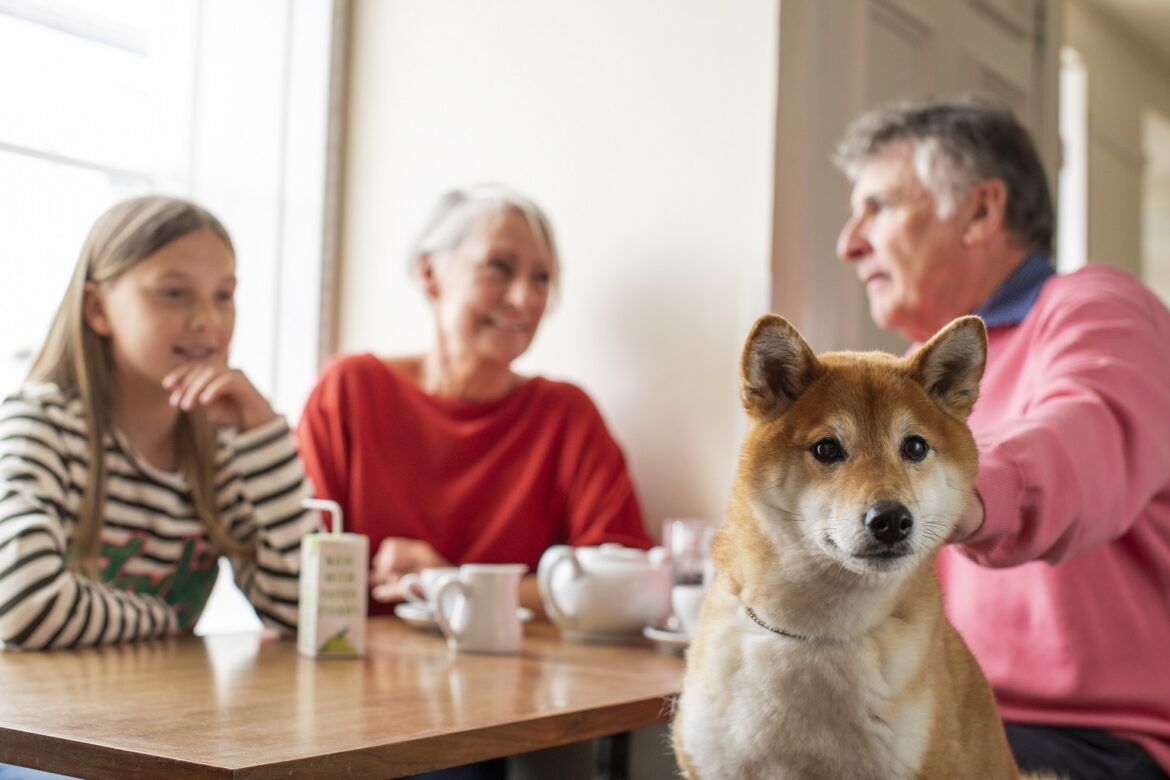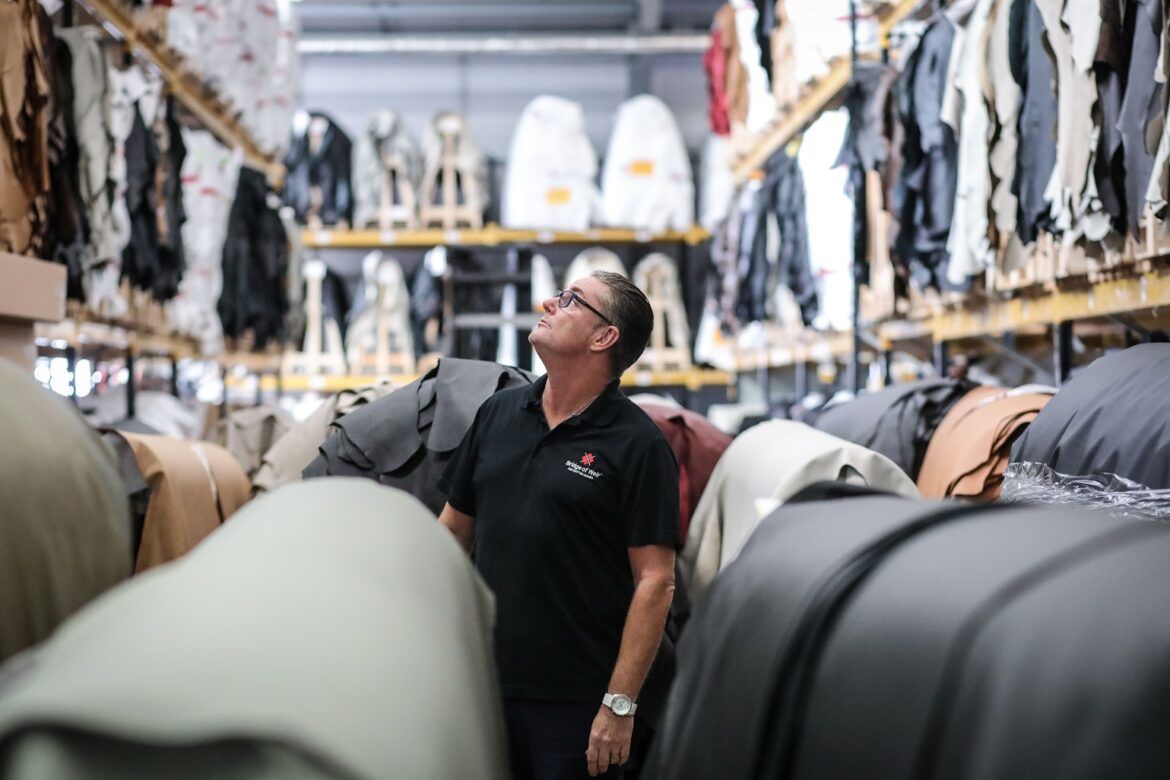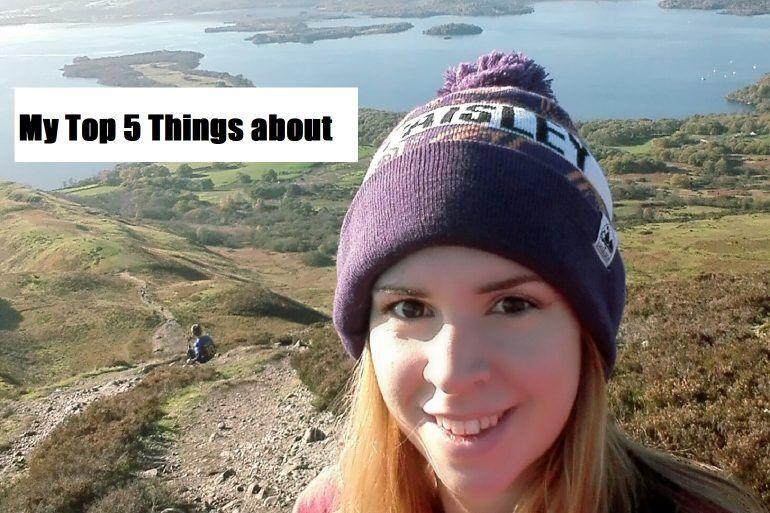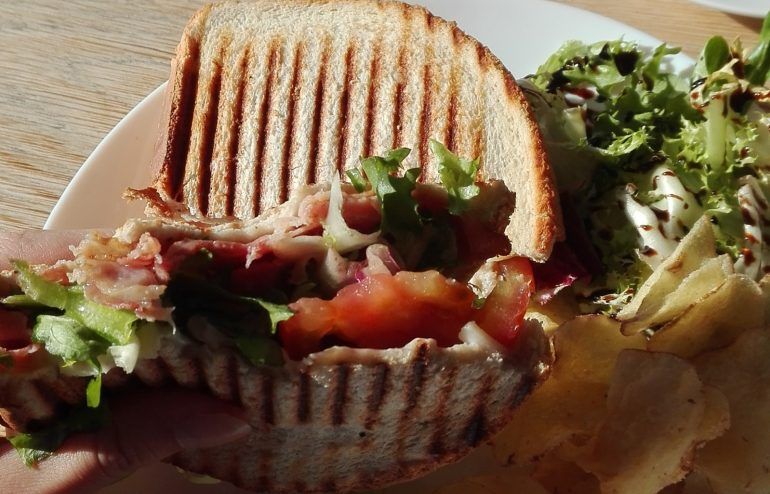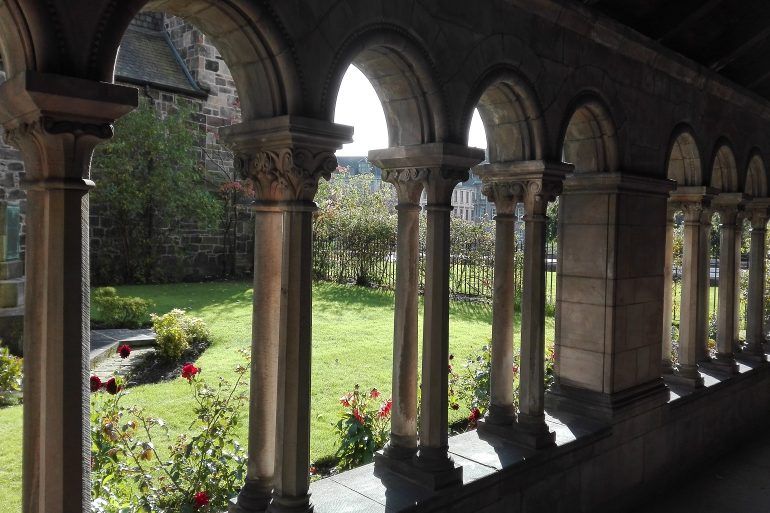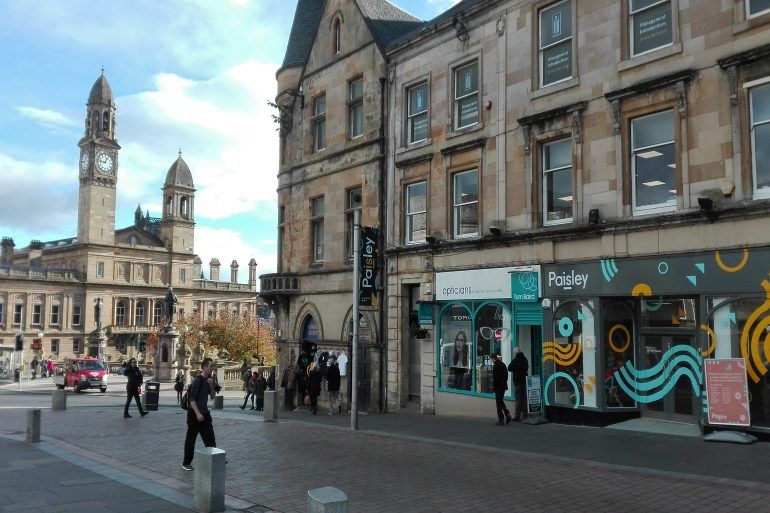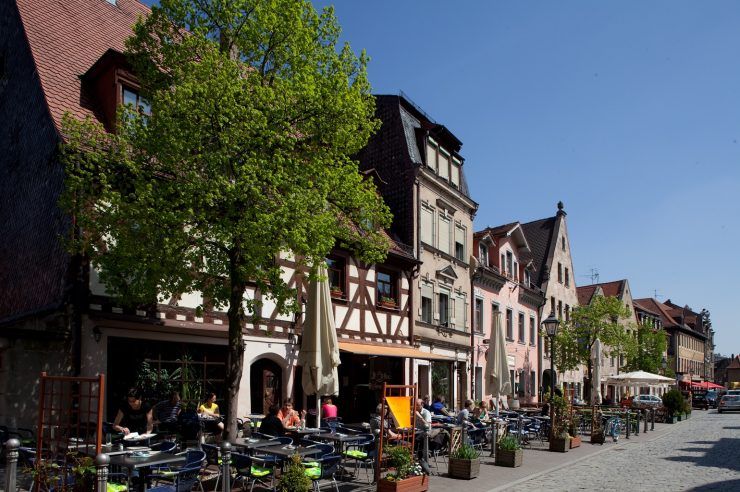Liz Connolly joined West College Scotland in 2013 and took over the reins as Principal and Chief Executive in September 2018.
Here, Liz, a member of Renfrewshire’s Economic Leadership Panel, outlines her ambitions for the college, which is home to 22,000 students and 1,200 staff across its three campuses in Paisley, Greenock and Clydebank, together with the importance she places on contributing to the region’s future economic success.
“Every day, I think how lucky I am to have a role in an organisation that’s helping to transform people’s lives.
“We are in a great place already as we are a great college with fabulous staff who are really committed to changing people’s lives and making a difference. We’ve got a really significant role to play in supporting inclusive growth, which is a key government priority.
“I want us to be an organisation that offers everyone who comes through our doors the opportunity to fulfil their potential, to help raise their aspirations and help them to think about the contribution they can make to society and to the economies in which they live and work, to the companies they are going to work for or the companies they are going to create themselves.
“It’s about providing an environment where people thrive on learning and recognise learning is something they have to do throughout life. Learning is an investment in ourselves that allows us to make an important contribution to our communities.
“Being part of our communities is such an important thing for the college and ideally we’d like each of our campuses to be hubs for community activity.
“We are keen to see development of our Paisley campus and have been working on an outline business case for funding for the redevelopment of the campus.
“It’s about making sure that we have a campus that’s fit for 21st century learning and is an asset that can be used by the community in Renfrewshire and by the business base.
“I love the idea we’ll have a campus where people feel they can come in, have a coffee, discuss things with our teams, a campus that is a gathering place and a real asset for the community.
“We work with a whole range of partners across our communities and we have a great relationship with Renfrewshire Council.
“The relationship with the Council works at so many different levels, from the work we do with Renfrewshire schools to playing a key role in the bid for UK City of Culture, to now helping ensure we deliver on the aims of the bid.
“I’m also very proud that the college is part of Renfrewshire’s Economic Leadership Panel. We live in a very fast moving and challenging economic situation and no one single person or organisation can have the answers to everything, but the power of getting leaders from across industry and public-sector agencies together to share their thinking and insights and to collectively think about what the future is going to look like in Renfrewshire and how do we shape that future is so is important.
“It’s about not being passive, but saying what kind of economy do we want and how do we make that happen? I think that’s incredibly exciting and immensely powerful.
“I believe anything is possible. You have to start with the vision, you have to know where you want to get to. Renfrewshire is in a unique position just now with the significant investment that’s been identified in projects like the manufacturing district and the work to make the area a popular visitor destination.
“West College Scotland has a key role to play in supporting this, helping to develop the workforce that will be needed to deliver our future economic growth whether that’s through the development of our young workforce or supporting the upskilling and reskilling of our existing workforce.
“You can achieve so much more when you work in partnership. It is important to recognise that different partners will have different drivers and pressures, but when you look beyond that and identify your shared priorities and common goals and set out to achieve them, that’s when you can make great things happen and have a real impact.”




